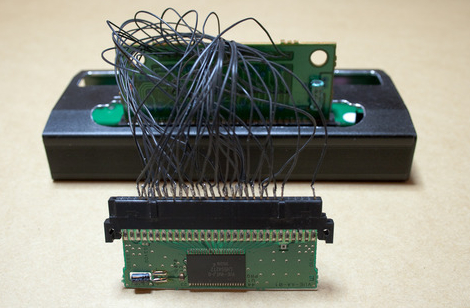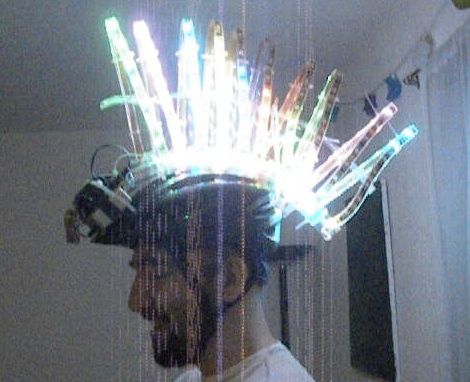
Are you still using heat sinks and fans to cool your computer? Lame. Tearing up your property to bury geothermal coils is definitely the way to go. [Romir] has been working on this for about a month and is just getting back data from the first multi-day tests. Take some time to dig through his original post. It includes something of a table-of-contents for the 35 updates he’s posted so far. Closed loop cooling seems to be trendy right now, we just didn’t expect to see a system this large as part of a personal project. The last one we looked at used just six meters of pipe.













